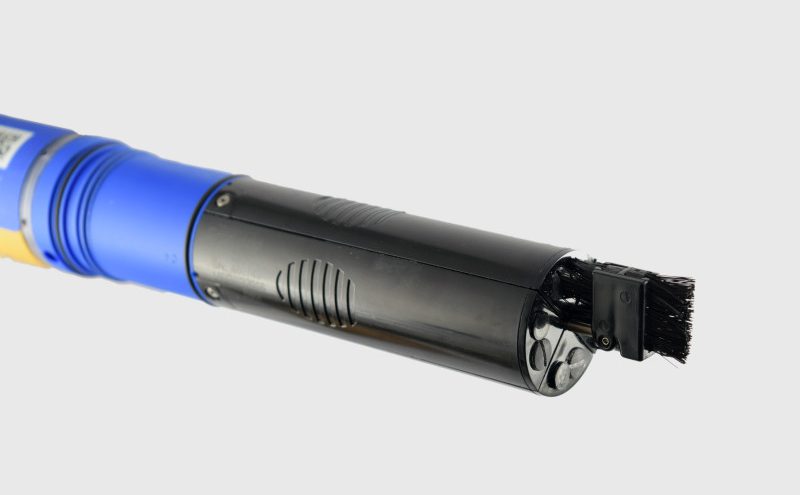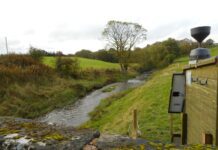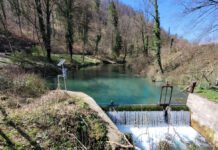
Water monitoring specialist In-Situ’s Aqua Troll 600 platform of water quality sensors now includes ammonium, nitrate, and chloride ion-selective electrode (ISE) sensors. The devices offer accuracy, reliability, ease of use, and stability, says the firm, and are also compatible with existing Aqua Troll 600 multiparameter sondes by simply installing a firmware and software update.
Designed for use in a variety of applications, In-Situ says its water quality sensors perform in natural water, surface water, groundwater, produced water, and aquaculture. The Aqua Troll 600 nutrient sensors are said to be ideal for any application where real-time data for nutrient monitoring and/or early detection of contamination is useful, including: agriculture and irrigation (monitor drainage and runoff), source water, drinking water, wastewater (influent and effluent monitoring), stormwater (sediment runoff and nutrient contamination), mining (mine water management and nutrient contamination monitoring), groundwater (nutrient contamination and long-term testing), and aquaculture (pond, recirculation, farming, and wastewater monitoring).
“So, what’s so special about these nutrient sensors?” Asks the firm’s literature, which goes on to cite factors such as reduced maintenance costs, early detection of potential contaminants and other points.
Sensor stability is one. Traditional ISE sensors typically drift within hours to days. However, says the firm, In-Situ sensors are showing minimal drift even after more than a month of deployment. “Gone are the days of daily or even weekly calibrations… we are recommending a monthly 2-point calibration for these sensors. Oh, and there’s no iso-thermal calibration required either. (I’ll pause while you do the happy dance).”
Another cited selling point is the capability of the sensor to derive other parameters. The ammonium sensor will automatically derive ammonia and total ammonia when used in conjunction with a pH/ORP sensor. Plus, says In-Situ, if you’re currently using HydroVu for your data management and reporting, “a telemetry firmware update will magically make all of these new nutrient parameters visible in HydroVu!”
Range and depth advantages are also cited, with the sensor range claimed to out-perform others on the market (50x the range in some cases, says In-Situ). In addition, the ammonium and nitrate sensors are rated to a depth of 25m, and the chloride sensor can be used to the current pressure range of the Aqua Troll 600 (350 psi).






